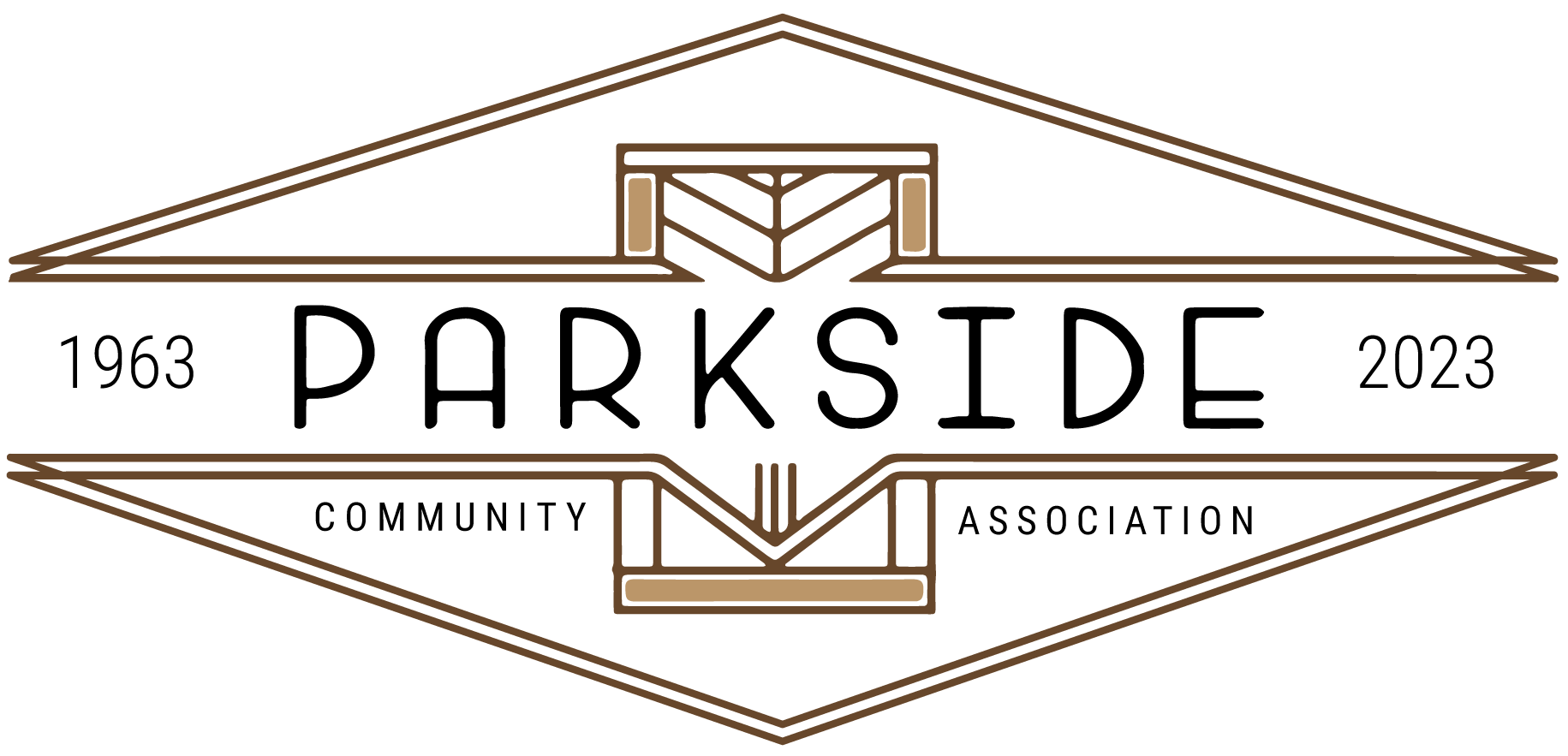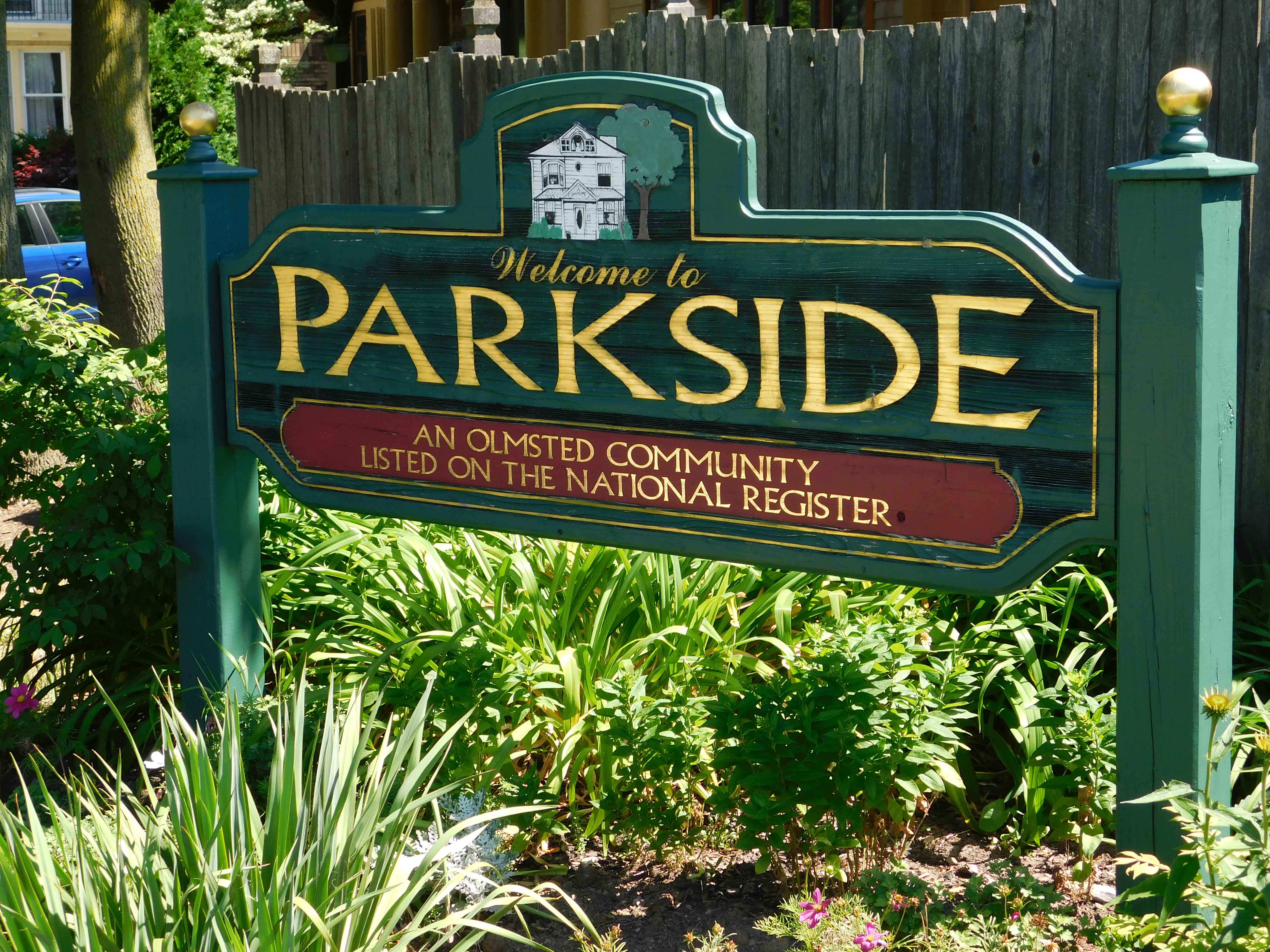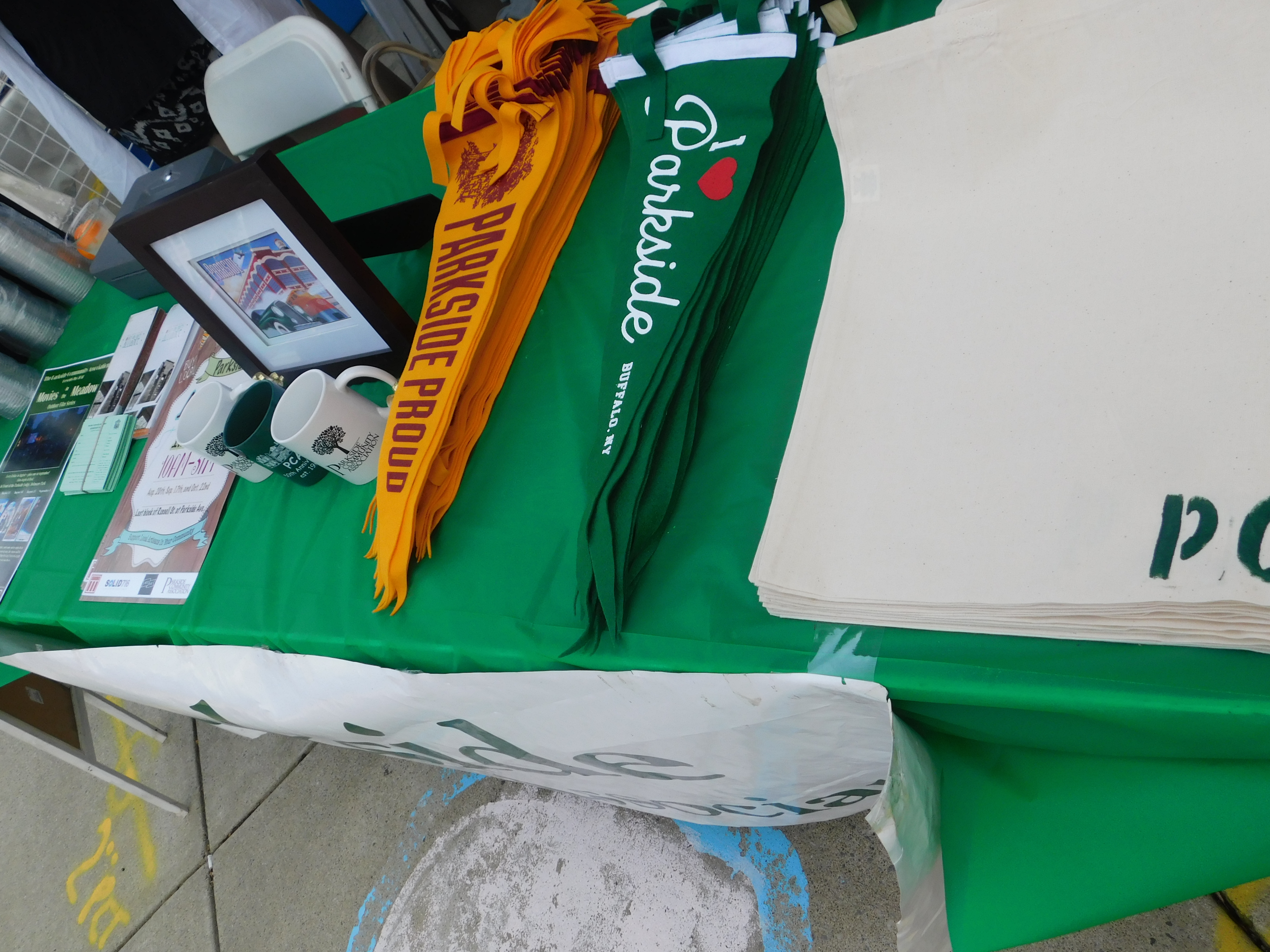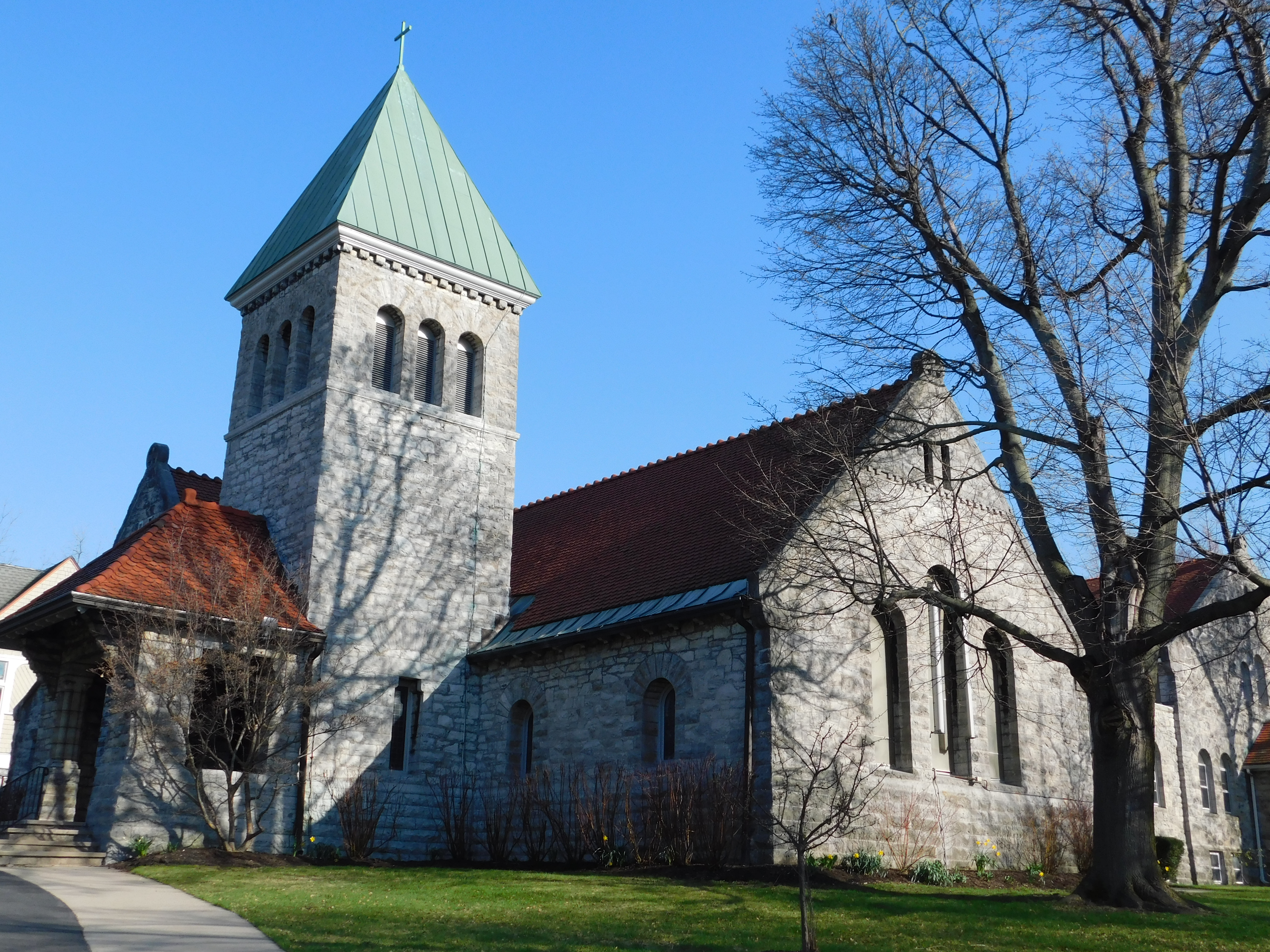|
Parkside History
2020
2009
2008
2007
2006
2005
2002
1999
1998
| Get the Newsletter |
The Parkside Community Association is the largest membership-based community association in the City of Buffalo.
| Location and Hours 2318 Main Street Buffalo NY 14214 (716) 838-1240 admin@parksidebuffalo.org | Monday 10 - 1 Tuesday 10 - 1 Wednesday Closed Thursday 10 - 1 Friday 10 - 1 Saturday Closed Sunday Closed |



